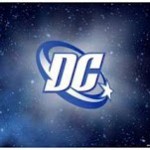 I’m not happy with how much I have been writing about not being happy with DC Entertainment lately. It seems every time I decide to cover them, I am complaining about something new. Just recently, we got the news that Warner Bros. has scrapped the latest Justice League movie script. The latest Wonder Woman series pilot in the same boat. On top of that, the new “52” strategy is beginning to come apart at the seams. And yet I still cover them more than Marvel, because I am still more invested in their characters, which probably makes me an outlier amongst comic book geeks.
I’m not happy with how much I have been writing about not being happy with DC Entertainment lately. It seems every time I decide to cover them, I am complaining about something new. Just recently, we got the news that Warner Bros. has scrapped the latest Justice League movie script. The latest Wonder Woman series pilot in the same boat. On top of that, the new “52” strategy is beginning to come apart at the seams. And yet I still cover them more than Marvel, because I am still more invested in their characters, which probably makes me an outlier amongst comic book geeks.
So what is going on? Why are things such a mess over there? Didn’t Warner Bros. set up DC Entertainment in order to avoid things like this? Shouldn’t DC Entertainment President Diane Nelson be able to get a handle on this?
Given how things seem to be set up, the answers are in no way simple.
First off, we have Diane Nelson. Diane’s area of expertise is brand management. She was brought on to help build the various intellectual properties that make up DC Comics. That alone is a tall order. But the truth is that while she is a great brand guru, she is not a film maker or a comic publisher, so her influence in these areas is limited at best. To that you need to add the way Warner Bros. is organized, with the film division having the most power. This has allowed the film division to make executive mandates that have led to many of the issues I have written about in the past. Reports are that Nelson is extremely frustrated with the current state of affairs, but has no real way to deal with it.
If all of this is true, then we have to wonder who is calling the shots specifically. The answer to that is probably a lot more complicated than it seems.
Nelson is a brand manager; in fact, she was the person in charge of the Harry Potter franchise at Warner Bros. When that film series was winding down, she was put in charge of the newly formed DC entertainment. This is probably not a coincidence. With the end of the enormously successful Potter franchise looming, WB clearly wanted something to replace it. Since Marvel Studios was having unprecedented success with their films, it was natural for WB to move on the DC brands. These were established characters with a huge preexisting fan base. So Nelson moves over to DC to shepherd those brands, and has the aid of Geoff Johns, one of DC’s top writers, who moves in to the role of Chief Creative Officer. So far everything looks great. The first movie out of the gate was Green Lantern.
I’ve written before about the problems with that movie. In a nut shell, it was a paint-by-numbers summer blockbuster that took no chances and left the audience less than thrilled, because they had seen it before. To add insult to injury, less than a month separated it from Captain
America, a film that did take chances and was for more original. So the script was clearly the main culprit. Well, the thing about that is that two of the main writers of the script were Greg Berlanti and Marc Guggenheim. Right now, they have a TV series they created on the air. That series is Arrow, based on DC comics’ hero Green Arrow, a show that I was convinced would never work. Right now Arrow is the best superhero show that has been on TV in well over a decade, based largely on the strength of the writing.
So how do these two writers so clearly screw up with horrible writing on a DC property that should have succeeded, and take another concept that should have tanked, and make it pure gold based on stellar writing? Did they take intense writing classes in the interim? I doubt it. Were they writing lazier for Green Lantern since they knew it would have big action scenes and special effects vs. the small TV budget of Arrow? Maybe, but I think there is a simpler answer. Green Lantern was DC’s first real attempt to go up against the Marvel movies, so there was a lot riding on it at the studio. My best guess is that there was a lot of executive influence on the script. Arrow, on the other hand, was an adaptation of a lesser tier hero on the CW. If it tanked, it was no big loss, so I suspect Berlanti and Guggenheim were given a lot of free reign. If so, I hope that lasts now that Arrow has been renewed for a second season. The point is that from what we know, the Warner Bros. structure is set up so that producers and movie executives hold the real power, and can dictate what they want.
So why did this not affect Marvel over at Disney? Simply put, Marvel was already rolling when Disney bought them. But even then, it could have been a mess, except that someone had the good sense to put Kevin Feige in charge of Marvel Studios. Feige has a clear vision of how the Marvel movies should work, and makes sure that the producers and directors he hires understand this vision and adhere to it. This has allowed the cohesive development of the Marvel Cinematic Universe. When Disney bought Marvel, they took the view of “It’s working so let’s not mess with it.” This led them to having the highest grossing movie of last year and the third highest of all time.
DC has to contend with what I like to call “too many mad scientists and not enough hunchbacks.” And worst is that WB has seen the success that Marvel has, and wants to compete with it. Unfortunately, they have not found a good counterpart to Feige, so there is no cohesive vision. This should be Nelson, but again, this is not where her strengths appear to lay; and from all appearances she is not being given that kind of authority.
And then we have the comic books themselves. This should be a no-brainer. The books are the source of the intellectual properties, and are something that should be working well. But right now is a hard time for the industry as a whole, and DC Comics does not appear to be doing well.
Right now sales look fairly good, but there is a bit of smoke and mirrors with that. When the “New 52” launched in 2011 it was a great sales boost. However, for many books, those sales did not last. When a book hit a low selling point, usually dropping below 18,000 orders a month, it would be canceled, and a new series would take its place. Since you had new series, they would have good initial sales. This would boost the line and keep numbers up. The problem is that the new series are not doing well and have quicker reader drop off, so you have a higher number of books struggling.
Add to this a problem we have discussed before – DC editorial is not on top of its game. You have frequent creative team shifts and last-minute mandated changes, leading to poor issues. You also have mandated story elements designed to garner wide spread attention, like the Superman/Wonder Woman romance, which is not well-written since there was no organic growth to it.
If that weren’t enough there is increasing perception that Dan DiDio, Co-Publisher with Jim Lee, is a poor leader and hostile towards fans, and you have a recipe for a bad work environment.
So how does Warner Bros. solve this? As I see it either Diane Nelson has to take the bull by the horns and make the needed changes, or WB has to find their own version of Kevin Feige and give them the authority to do what needs to be done to right the ship. This means someone has to be able to tell the movie division “no.”
I’ll be honest, I don’t see that happening any time soon. But one can hope.
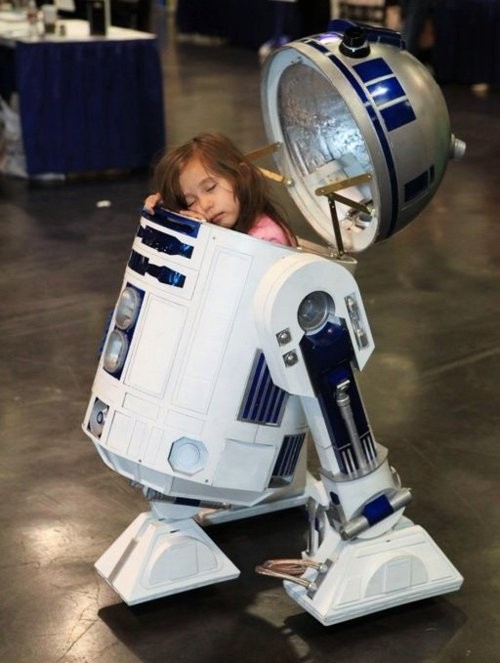

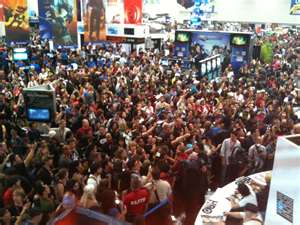
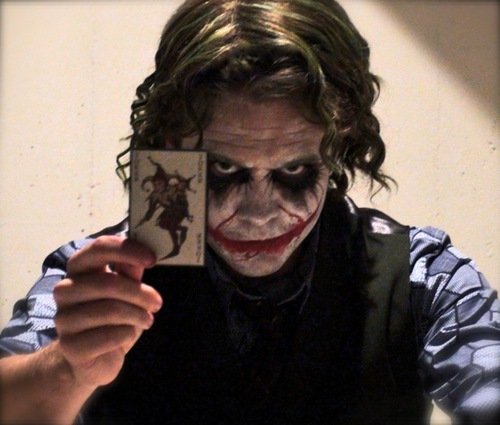
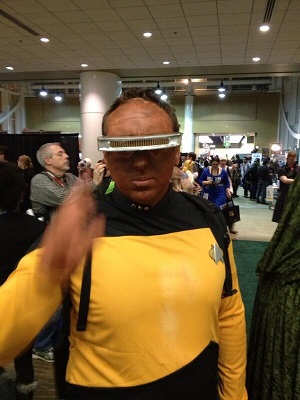 Cosplay is a big part of geek culture, especially at conventions. I have mentioned it before in discussing how people react to it and the effort people put in it. I recently attended Emerald City Comicon and of course there were a ton of people cosplaying.
Cosplay is a big part of geek culture, especially at conventions. I have mentioned it before in discussing how people react to it and the effort people put in it. I recently attended Emerald City Comicon and of course there were a ton of people cosplaying.